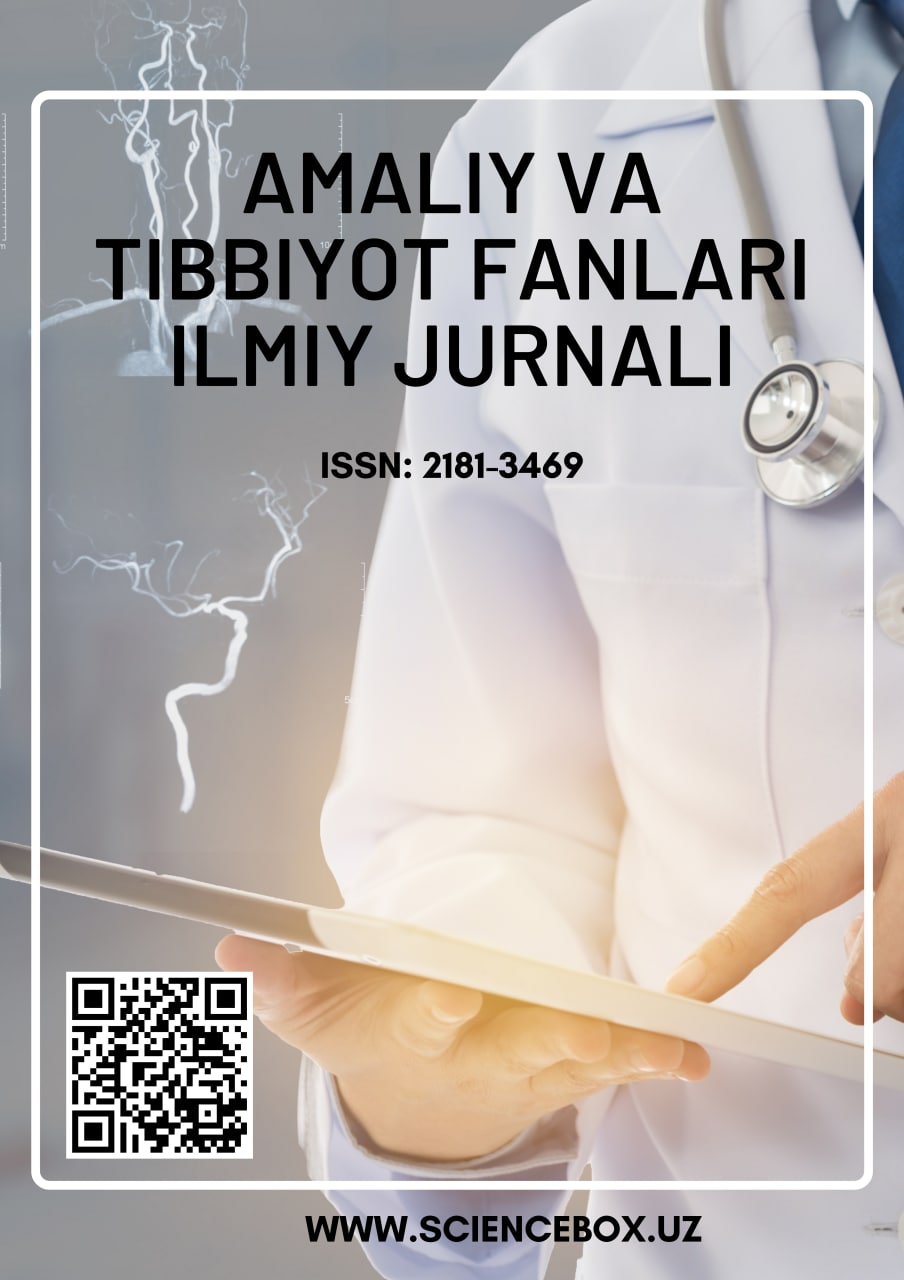Metabolic Syndrome
Keywords:
diabetic nephropathy, proteinuriaAbstract
This article analyzes the metabolic syndrome which refers to the co-occurrence of several known cardiovascular risk factors, including insulin resistance, obesity, atherogenic dyslipidemia and hypertension. These conditions are interrelated and share underlying mediators, mechanisms and pathways. There has been recent controversy about its definition and its utility. In this article, I review the current definitions for the metabolic syndrome and why the concept is important. It identifies a subgroup of patients with shared pathophysiology who are at high risk of developing cardiovascular disease and type 2 diabetes. By considering the central features of the metabolic syndrome and how they are related, we may better understand the underlying pathophysiology and disease pathogenesis. A comprehensive definition for the metabolic syndrome and its key features would facilitate research into its causes and hopefully lead to new insights into pharmacologic and lifestyle treatment approaches.
References
Alberti, K. G. and Zimmet, P. Z. (1998). Definition, diagnosis and classification of diabetes mellitus and its complications. Part 1: diagnosis and classification of diabetes mellitus provisional report of a WHO consultation. Diabet. Med. 15, 539-553.
Atochin, D. N., Wang, A., Liu, V. W., Critchlow, J. D., Dantas, A. P., Looft-Wilson, R., Murata, T., Salomone, S., Shin, H. K., Ayata, C. et al. (2007). The phosphorylation state of eNOS modulates vascular reactivity and outcome of cerebral ischemia in vivo.
J. Clin. Invest. 117, 1961-1967. Balkau, B. and Charles, M. A. (1999). Comment on the provisional report from the WHO consultation: European Group for the Study of Insulin Resistance (EGIR). Diabet. Med. 16, 442-443. Beckman, J. S. and Koppenol, W. H. (1996). Nitric oxide, superoxide, and peroxynitrite: the good, the bad, and ugly.
Am. J. Physiol. 271, C1424-C1437. Dimmeler, S., Fleming, I., Fisslthaler, B., Hermann, C., Busse, R. and Zeiher, A. M. (1999). Activation of nitric oxide synthase in endothelial cells by Akt-dependent phosphorylation. Nature 399, 601-605.
Umarovna, K. N. (2023). University of Al-Qadisiyah, College of Pharmacy. Zien Journal of Social Sciences and Humanities, 20, 10-14.
Kodirova, Nargizakhon Umarovna (2022). MODERN METHODS OF TREATMENT OF CHRONIC LUNG DISEASES. Oriental renaissance: Innovative, educational, natural and social sciences, 2 (Special Issue 4-2), 983-988.
Умаровна, К. Н. (2022). Современные Методы Лечения Хронических Заболеваний Легких. Central Asian Journal of Medical and Natural Science, 3(4), 179-182.
Kodirova, N. U. . (2022). MORPHOLOGICAL CHANGES OF THE LUNGS UNDER THE EXPOSURE TO NASVAY. EUROPEAN JOURNAL OF MODERN MEDICINE AND PRACTICE, 2(9), 16–20.
Kodirova , N. . (2022). THE EFFECT OF TOBACCO SMOKING ON THE THYROID GLAND. Евразийский журнал медицинских и естественных наук, 2(12), 214–216.
Kodirova, N. (2023). AUTOIMMUNE THYROID DISEASES: THE STATE OF THE ISSUE. International Bulletin of Applied Science and Technology, 3(4), 306-312.





















